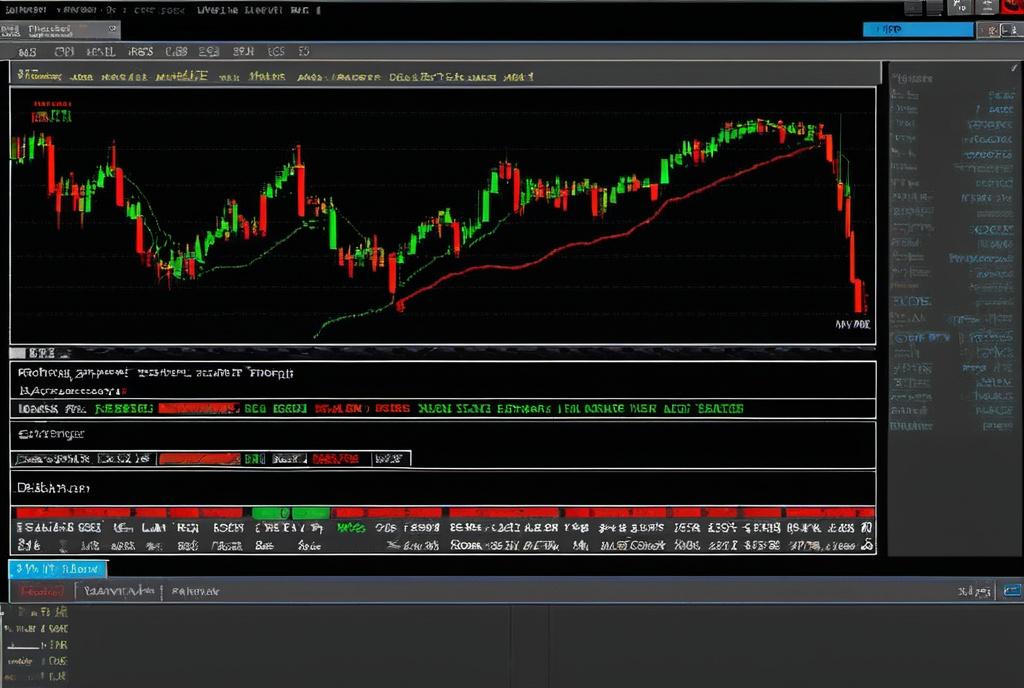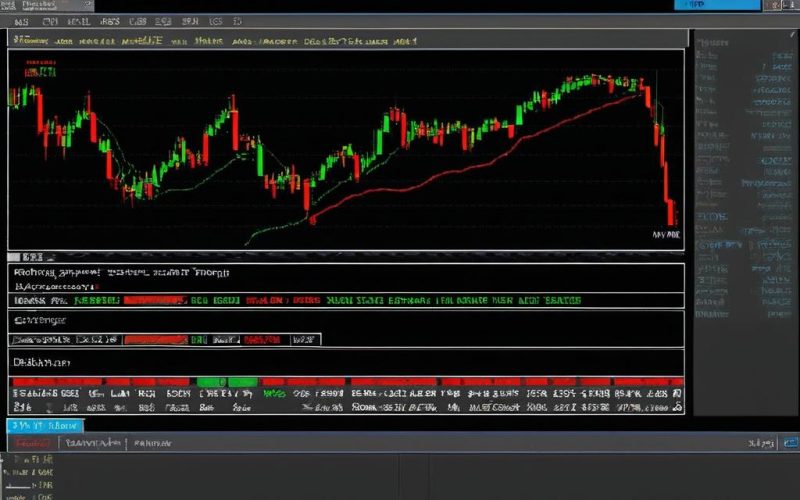Key Take Aways About Volatility Instruments (e.g., VIX futures, UVXY)
- Volatility instruments like VIX futures and UVXY track market volatility, not direction, serving as hedges or speculative tools.
- VIX futures represent 30-day volatility expectations of the S&P 500, requiring close attention due to monthly expirations.
- UVXY aims for 1.5 times the daily S&P 500 VIX Short-Term Futures Index performance, suitable for short-term active trading.
- Effective use requires careful timing and strategy, akin to predicting weather-induced trading moods.
- HIT software aids in efficient trading with real-time data and algorithmic trading capabilities.
- A balanced approach is crucial to avoid overwhelming a portfolio with excessive volatility exposure.

The Basics of Volatility Instruments
Volatility instruments, such as VIX futures and UVXY, can be a bit like the spicy condiment of the trading world. They’re intriguing, tempting a sense of caution, yet offering a way to potentially season your portfolio. These instruments are designed to track market volatility rather than market direction. They’re kinda like the weather forecast of the financial world, where everyone seems to have a keen interest but is suspicious of its certainty. Thus, they serve as a hedge or speculative tool for those bold enough to dance with the market’s mood swings.
What Are VIX Futures?
VIX futures, based on the CBOE Volatility Index (VIX), represent the market’s expectation of 30-day volatility as reflected by S&P 500 index option prices. Think of them as the mood ring for stocks – indicating how calm or stormy the sea of trades might be. VIX futures allow traders to profit from volatility changes without directly buying options. The trick is, they expire each month, demanding close attention and perhaps a touch of fortune-telling skill.
The Dance with UVXY
UVXY (ProShares Ultra VIX Short-Term Futures ETF) operates like a caffeinated version of VIX, aiming for results that are 1.5 times the daily performance of the S&P 500 VIX Short-Term Futures Index. While this might sound thrilling if you’re into adrenaline-pumping investments, it’s kinda like riding a bull with a mind of its own – thrilling but unpredictable. Remember, UVXY is meant for short-term, active trading and can be as volatile as a toddler after a candy bar binge.
Importance of Timing and Strategy
Timing is the slightly hyperactive sibling in trading that often requires more attention than the others. Volatility instruments are no different. Trading these requires a sense of rhythm and timing, much like knowing when to applaud and when to hold your breath during a symphony. Traders often use volatility instruments to hedge against market downturns or to speculate on market fears. It’s akin to having an umbrella handy on days with a cloudy forecast – just in case.
HIT Software and Volatility Trading
Now, let’s talk shop with HIT software – your trusty sidekick in the trading world. HIT software offers a suite of tools designed to make trading more efficient. Imagine it as your financial GPS, guiding you through the bends and turns of trading with real-time data analysis. Its algorithmic trading capabilities contribute significantly when trading volatility instruments, providing that extra edge needed during uncertain times.
The Personal Side of Trader’s Life
From personal experience, trading volatility can sometimes feel like watching a suspense film. The twists, the turns, the unexpected plot lines – all contribute to an exhilarating, albeit nerve-wracking, experience. A seasoned trader once told me about a day when the market was as jittery as a cat on a hot tin roof. He used VIX futures as a trusty compass, and by day’s end, it wasn’t as much about profit but the thrill of navigating through chaos unscathed.
Common Pitfalls in Volatility Trading
Let’s face it, no matter how seasoned we think we are, volatility trading can trip up even the best of us. Overestimating one’s ability to predict market direction can lead to mishaps. It’s that moment when overconfidence meets Murphy’s Law. Often, the best traders are those who respect the unpredictability rather than challenge it head-on.
A Balanced Approach
Just like too much spice in a dish can overpower the flavors, too much exposure to volatility can overwhelm a portfolio. Yes, it’s exciting, it’s risky, and perhaps even a little addictive. But the golden rule in trading, much like life, is balance. Diversifying investments beyond just volatility instruments can provide a comfortable cushion when markets decide to do their dance.
The Final Echo
In the bustling bazaar of trading, volatility instruments occupy a unique stall, offering thrills and chills in equal measure. Whether you’re hedging against market downturns or simply in it for the adrenaline rush, understanding these instruments is crucial. As the market ebbs and flows, keeping an eye on the weather forecast with VIX futures, and mastering the bullish nuances of UVXY can turn volatility into an ally rather than an adversary. Trading, after all, is as much about art as it is about science.
